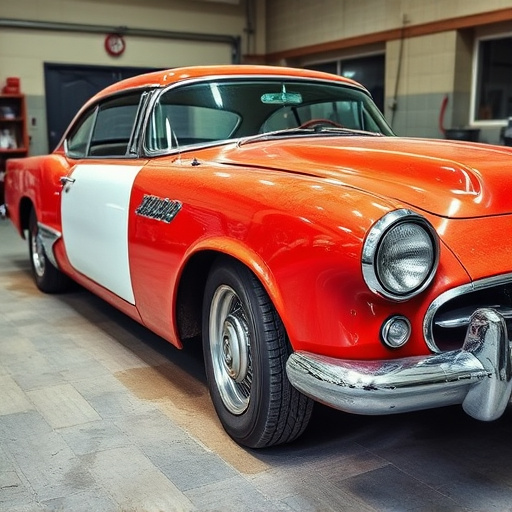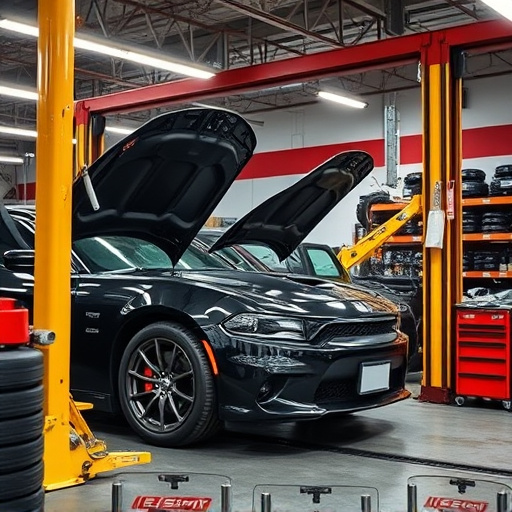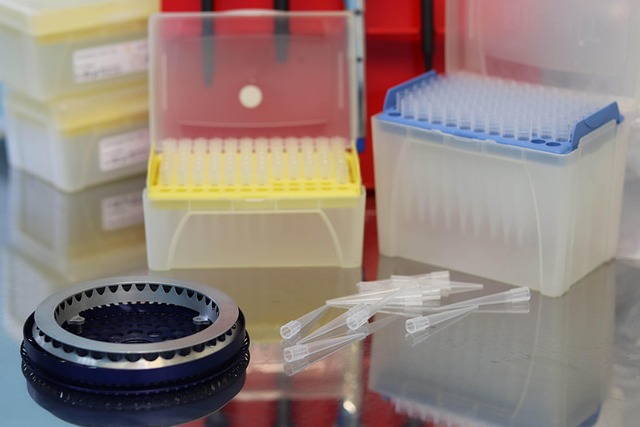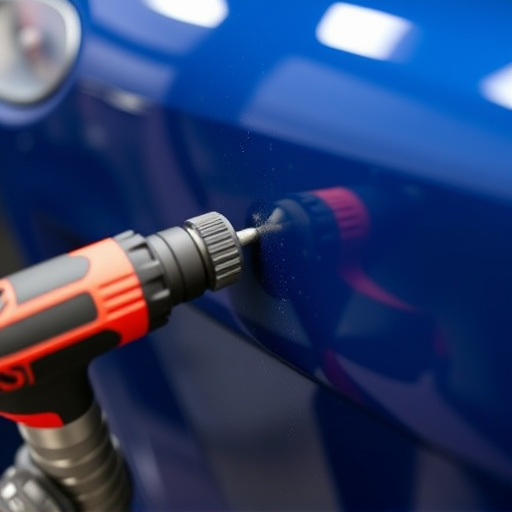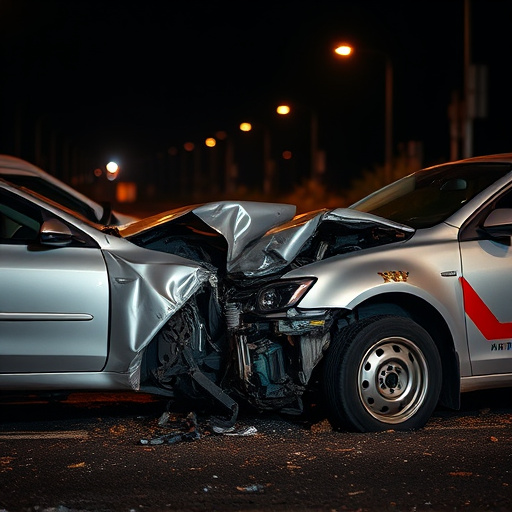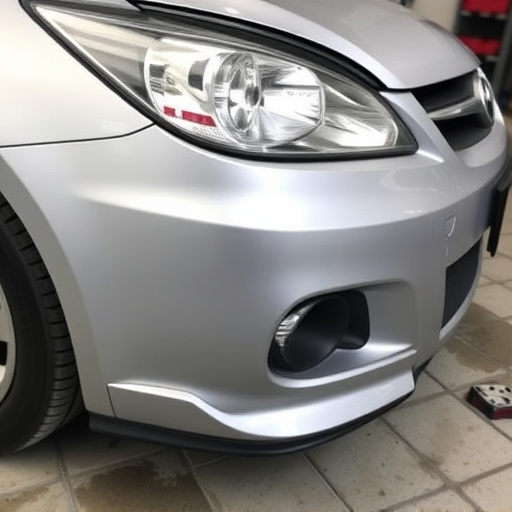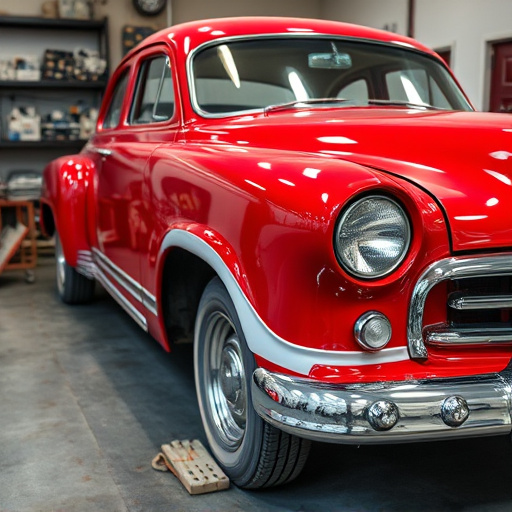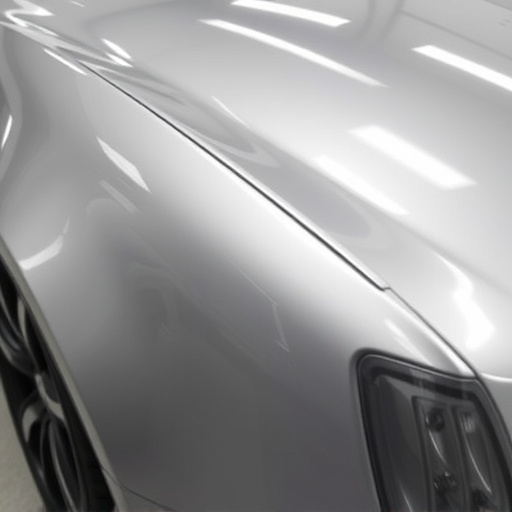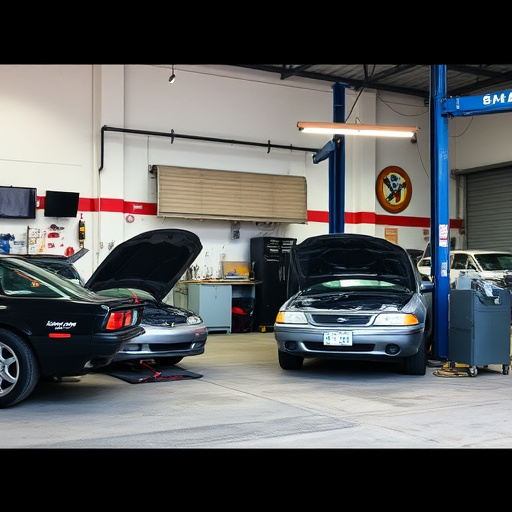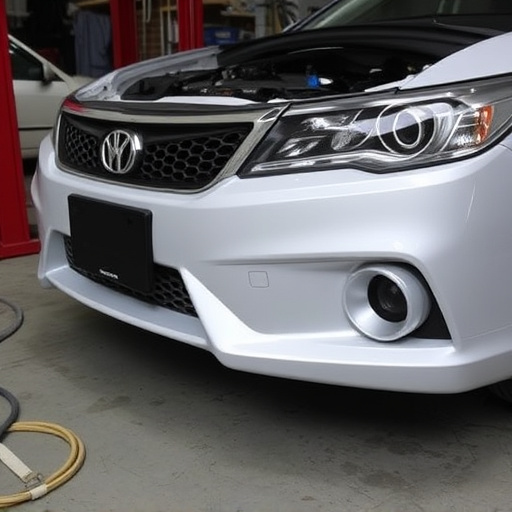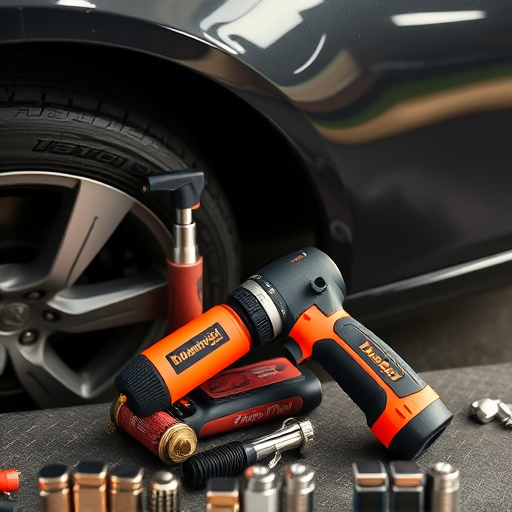Choosing between OEM and aftermarket parts for collision repair quotes is key. OEM parts offer superior compatibility, precision fit, and structural integrity but are more expensive. Aftermarket parts are cheaper, provide diverse styles, and close quality gaps through testing. For simple repairs, aftermarket options save costs; for complex ones, OEM ensures longer-lasting results. Quality varies in aftermarkets, requiring extra installation attention. Informed decisions, based on reliability, fit, and warranty, optimize collision repair service quality.
When a vehicle undergoes collision repair, the choice between original equipment manufacturer (OEM) and aftermarket parts can significantly impact the cost and quality of the repair. This article delves into the intricacies of OEM versus aftermarket parts, examining their definitions, effects on collision repair quotes, and the considerations consumers should make when selecting replacement components. By understanding these factors, car owners can make informed decisions, ensuring both cost-effectiveness and top-tier repair outcomes.
- Understanding OEM and Aftermarket Parts: A Deep Dive
- The Impact on Collision Repair Quotes and Quality
- Choosing Between OEM and Aftermarket: Tips for Consumers
Understanding OEM and Aftermarket Parts: A Deep Dive
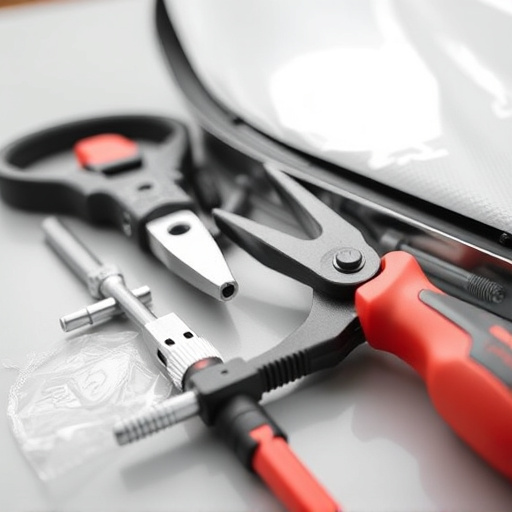
When it comes to collision repair quotes, understanding the distinction between Original Equipment Manufacturer (OEM) and Aftermarket parts is key. OEM parts are directly sourced from the vehicle manufacturer, designed to perfectly match the make and model of your car. They offer superior compatibility, ensuring that every component fits seamlessly into place during auto body repairs, providing both aesthetic and functional benefits. Think of them as the original parts intended for your specific vehicle, like a custom-fitted dress for your car’s unique shape.
Aftermarket parts, on the other hand, are manufactured by different companies and designed to be interchangeable across various models and makes. While they can be cheaper, their universal design might lead to less precise fitting during dent repair or car paint services. However, aftermarket parts offer a wide range of options for those looking for specific styles or colors not available as OEM parts. It’s like having a variety of fashion choices for your vehicle, some tailored to your exact model and others offering unique, trendy designs.
The Impact on Collision Repair Quotes and Quality

The choice between Original Equipment Manufacturer (OEM) and aftermarket parts significantly impacts collision repair quotes and the overall quality of auto collision repair services in a car body shop or auto collision center. OEM parts, being the exact originals designed and manufactured by the vehicle maker, often come with higher price tags due to their brand exclusivity and perceived superior performance. These parts are known for their precise fit and seamless integration into the car’s existing systems, ensuring optimal structural integrity and safety standards.
On the other hand, aftermarket parts offer a more affordable option for collision repair quotes, making them attractive to budget-conscious consumers. While they may not carry the same reputation for flawless compatibility as OEM parts, advancements in manufacturing technology have closed the gap in quality. Aftermarket parts suppliers often provide extensive testing and quality assurance measures, ensuring they meet or exceed industry standards. This competition between OEM and aftermarket parts has led to a more diverse range of options for car collision repair, allowing auto body shops to offer competitive pricing while maintaining high-quality repairs.
Choosing Between OEM and Aftermarket: Tips for Consumers
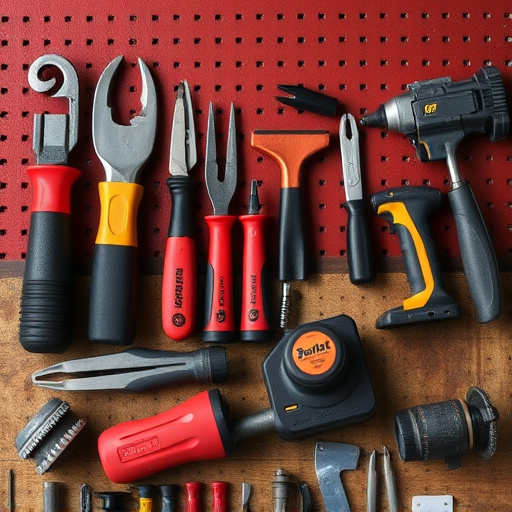
When it comes to collision repair quotes, choosing between original equipment manufacturer (OEM) and aftermarket parts can be a daunting task for consumers. Here are some tips to help navigate this decision:
Consider the quality and reliability of both options. OEM parts are direct replacements for the vehicle’s original components, ensuring a precise fit and often backed by the car manufacturer’s warranty. Aftermarket parts, on the other hand, offer a more diverse selection but may vary in quality; some can be just as good as OEM, while others might require extra attention during installation due to differences in design or material. For minor dents and scratches, aftermarket options for auto body repairs and car dent removal can be cost-effective without compromising aesthetics. However, for complex vehicle body repair cases, sticking with OEM parts could ensure a more seamless integration and longer-lasting results.
When it comes to collision repair quotes, understanding the difference between OEM and aftermarket parts is key. While OEM parts offer a level of quality and performance matched to the vehicle manufacturer’s standards, aftermarket parts can provide cost-effective alternatives without sacrificing reliability. Consumers should weigh these options based on their budget, desired warranty, and specific needs, ensuring they receive accurate collision repair quotes that align with their preferences. By making informed decisions, individuals can achieve both high-quality repairs and optimal savings.
